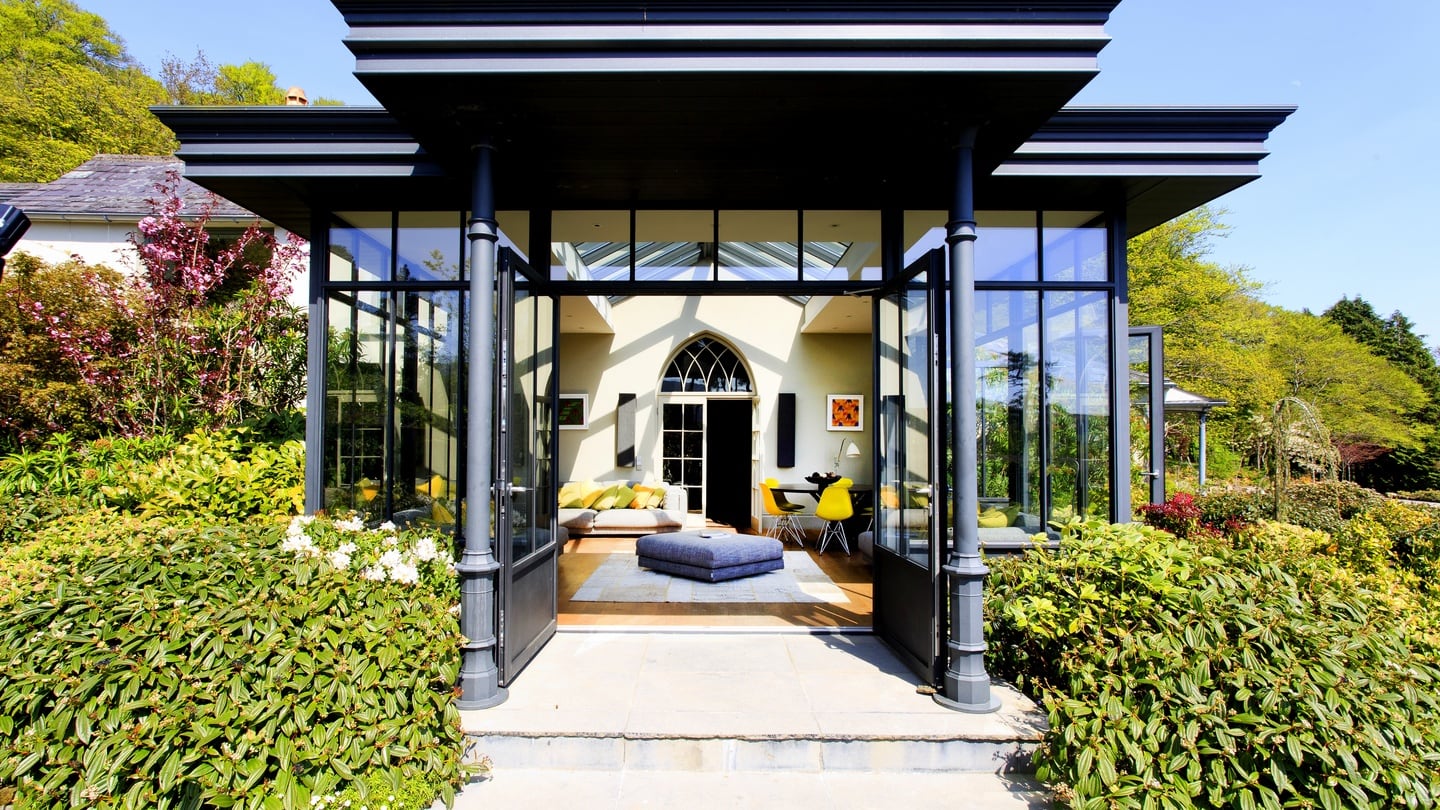Irish country houses have a romantic appeal for all sorts of people. When the young Edna O'Brien eloped with writer Ernest Gébler, it was to Lake Park House, in the woods overlooking Lough Dan in Co Wicklow.
In 1955, when poet Richard Murphy and his South African heiress wife Patricia Avis put an ad in The Irish Times seeking a country demesne, they received one response: from Lake Park House.
O'Brien had tired of country living and Gébler's money from a book sale to Hollywood had run out.
0 of 13
The current owner, a London-based Irish property developer, had always dreamt of buying a country house and spent years searching before buying the 110-acre Lake Park for about €4.25 million in 2007.
A fishing lodge built around 1835, it is now for sale by private treaty through Ganly Walters with an asking price of €3.5 million.
A Topographical Dictionary of Ireland described Lake Park in 1837 as "the admired residence of Gerard Macklin Esq . . . formerly a wild and barren spot, which has been reclaimed and formed into a handsome demesne commanding fine views of Lough Dan and the adjacent mountains".
Garden design
Like others before him, Richard Murphy turned from poetry to farming during the couple of years he lived there.
The current owner also put a lot of effort (and some €1.5 million) into restoring the house and gardens, planting 10,000 trees, including specimen trees and shrubs, and hiring garden designer Daphne Levinge Shackleton to restore a large walled garden which had contained only an abandoned vehicle.
Lake Park is at its handsome best on a sunny May afternoon. The pretty Georgian lodge facing a glossy green lawn is surrounded by parkland that includes forests of beech and oak, the walled garden, stables, a paddock and woodland paths leading down to Lough Dan, where you can swim, fish or boat in near-total privacy.
From outside, the roughly 743sq m (8,000sq ft) house looks much as it must have in 1835.
The single-storey Georgian lodge and two-storey Victorian extension, with outbuildings surrounding a courtyard at the rear, seem largely unchanged.
But it has been pretty seamlessly refurbished to restore traditional period features while adding very modern comforts.
One of the biggest changes is the addition of an orangerie – a very posh conservatory – at one side of the house that has excellent views of the gardens and Wicklow Mountains. (There are no views of Lough Dan from the house.)
Inside, two reception rooms on either side of the newly tiled front hall have been restored.
Bay windows with working shutters have been completely repaired here and throughout the house.
Victorian extension
The hall leads to the Victorian extension where the floor of the second storey has been removed to create an open-plan space with a very high arched ceiling that runs the width of the house.
There’s a lounge/ familyroom with a large wood-burning stove at one end; while at the other end there is a rustic-chic kitchen with a long refectory table, marble-topped counters and a glossy blue Aga.
There is also a Gothic-arched glazed door leading into the orangerie.
The buildings that surround the stone-floored courtyard with a pond in the middle have been converted into very stylish modern accommodation.
It includes a guest wing with three bedrooms and a bathroom; a huge studio/games room opening through large glazed doors on to the birch forest at the back of the house; a main en suite bedroom with a livingroom and a wall of floor-to-ceiling windows/doors opening on to a Japanese garden at the side and two more en suite bedrooms.
In all, there are six bedrooms and four fully tiled very smart bathrooms in the house.
A full-time gardener lives at Lake Park to maintain the grounds: the meticulously restored one-acre walled garden has fruit trees, herbaceous borders and a glasshouse growing fruit that includes peaches, grapes and cherries.
Down at the lake, the owner has part-restored a stone mooring from where there’s a good view of the scout centre across the lake and beautiful views up to the end of Lough Dan.
From here there’s a walk leading to Lough Tay on nearby Luggala Estate.


























